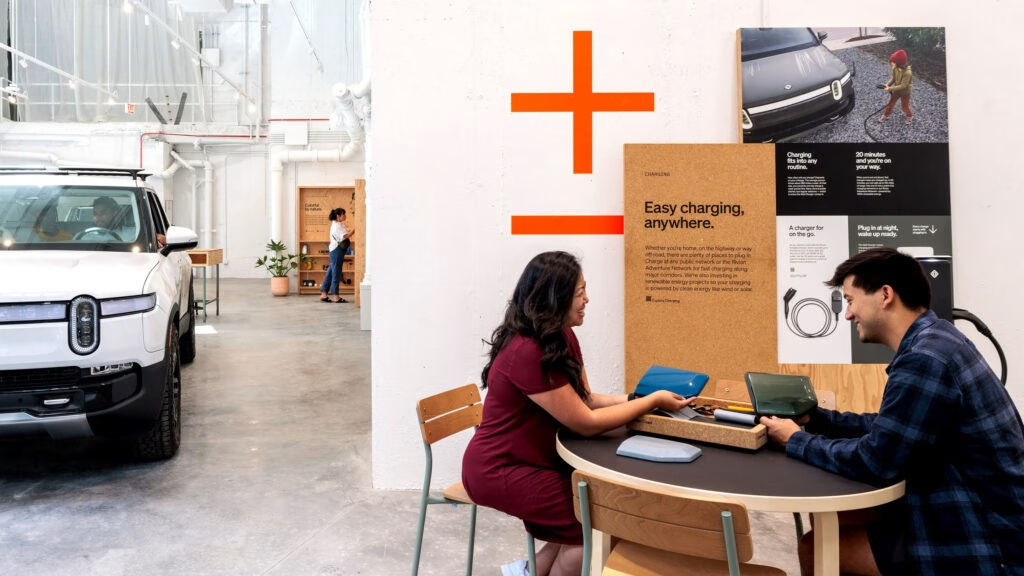Rivian, the electric vehicle manufacturer that aimed to challenge Tesla’s dominance, is facing a significant hurdle in capturing a crucial demographic: Asian-American buyers. While Rivian has made strides in the EV market, selling around 50,000 vehicles last year, it pales in comparison to Tesla’s nearly 1.8 million sales. So, what’s holding Rivian back, and how can it connect better with this important consumer group?
Understanding the Asian-American Market
A recent study by S&P Global reveals that Asian households accounted for about 7.2% of total new car registrations in the U.S. In stark contrast, Tesla has captured a whopping 27.2% of this demographic. Even more telling is that Asian buyers represented 12.7% of all electric vehicle sales, excluding Rivian and Tesla. However, Rivian’s sales to Asian households stand at just 13.7%. This disparity raises questions about Rivian’s appeal and strategy.
The data suggests that Rivian’s current offerings may not align with the preferences of Asian-American consumers. One major factor is the type of vehicle Rivian sells. Currently, their lineup is limited to two models, primarily a pickup truck, which is not a popular choice among Asian buyers—who account for only 2.3% of all full-size pickup sales in the U.S. In comparison, the Tesla Cybertruck, despite its polarizing design, has managed to attract 24% of its sales from Asian buyers, indicating that brand perception and vehicle type play crucial roles in consumer choice.
Brand Image Matters
The appeal of a brand can significantly influence purchasing decisions, especially in the luxury and tech-forward segments. Asian-American buyers tend to gravitate toward brands with a strong premium image. For instance, 33% of Tesla Model X sales are to Asian households, while 28.3% of Mercedes EQS SUV sales and 25.5% of BMW iX sales follow suit. Rivian, on the other hand, needs to elevate its brand perception to compete effectively in this space.
To break through, Rivian must not only offer electric vehicles but also create a desirable image that resonates with potential buyers. This means focusing on quality, premium features, and a tech-savvy reputation. The upcoming R2 and R3 models will be vital in this strategy, as they aim to appeal to a broader range of consumers. However, Rivian must ensure these models are well-equipped and maintain a premium feel to avoid alienating this key demographic.
The Path Forward
Rivian’s challenge is clear: it needs to adapt its offerings and marketing strategies to better connect with Asian-American consumers. This could involve enhancing the features of its vehicles, offering more premium options, and perhaps even rethinking its marketing approach to highlight the technology and luxury aspects of its brand.
The big takeaway? Rivian’s success isn’t just about being different or electric—it’s about being desirable. By focusing on smarter adjustments and understanding the needs of diverse consumer groups, Rivian can carve out a more significant share of the market. Start with one change this week, and you’ll likely spot the difference by month’s end.

